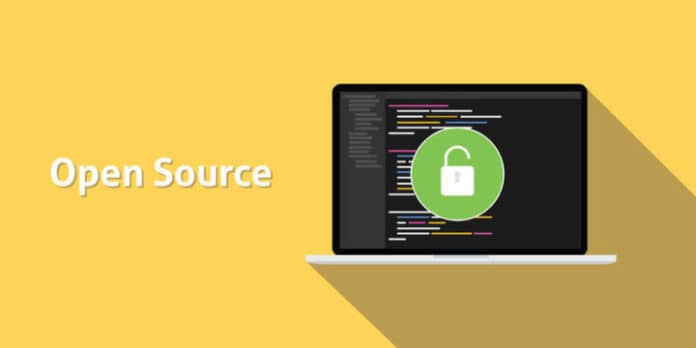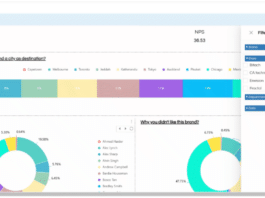Some of the most significant technological and procedural innovations in the last decade have been driven by open source software. Its adaptability and interoperability make it ideal for connecting various technologies and teams, making it a “engine of innovation.” Indeed, it’s difficult to imagine a world without the cloud, developer operations (DevOps), or containers.
It’s also difficult to see a relatively new practise like machine learning operations (MLOps) reaching its full potential without the open source flexibility. MLOps facilitates the creation of intelligent applications by bringing together developers, operations managers, and data scientists in a centralised production environment. Through a lateral flow of communication, continuous collaboration, and resource sharing, MLOps processes enable stakeholders to collaborate with one another to produce applications at a lower cost and faster. That is, at least, the theory
For many businesses, the reality has been less optimistic. Implementing MLOps has been a frustrating experience for them due to the use of proprietary tools or in-house solutions that are expensive to build and maintain and do not integrate well with one another.
Let’s take a look at some of the challenges that organisations face in their MLOps environments, how deploying an open source platform can help to alleviate those challenges, and how open source can be a catalyst for effective MLOps.
Bringing Together Diverse Tools and People
Developers, operations managers, and data scientists all use different tools to complete their tasks. A developer, for example, may use a specific coding software, an operations manager may prefer infrastructure-as-code technology, and a data scientist may use a deep learning library for big data analysis. Interoperability issues between technologies can stymie the open exchange of information required for a successful MLOps practise. This can jeopardise MLOps teams’ ability to collaborate, jeopardising the successful deployment of AI-driven applications. These difficulties can be mitigated by using open source platforms. They facilitate the use and integration of various tools, allowing different groups to share information and collaborate more easily.
Accelerating AI-based Application Development
This type of MLOps “virtual co-working space” does more than just give stakeholders access to tools. It can accelerate the development of AI-based applications by removing the disconnect between MLOps teams. Data scientists are increasingly responsible for integrating their models into applications and monitoring their performance, necessitating close collaboration with developers. Similarly, developers require a direct pipeline to their data science colleagues in order to optimise models for deployment and make adjustments if they underperform. Working on an open source platform reduces barriers between developers and data scientists, making it easier for them to collaborate and accelerate their respective efforts.
Achieving Efficiency and Addressing AI Concerns
What about companies that are still debating whether to form an MLOps team or are just getting started? According to a Deloitte survey, many companies regard themselves as “starters” when it comes to AI, so there aren’t likely to be many MLOps teams out there (yet). By democratising AI technology, open source can serve as a starting point for organisations and individuals new to AI. Open source tools can be used by non-experts to gain efficiencies and develop intelligent applications. They can, for example, build custom libraries by selecting, cloning, and curating images and automatically distributing them to all data scientists. Open source projects such as Thoth can also assist in automatically optimising these libraries.




